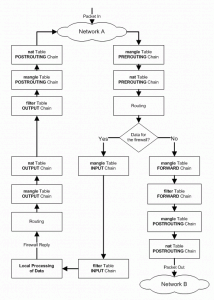I had turned the routers up to 80 mW and the problem was still occurring. Upon some research I found that as the Transmit power levels of the routers increased, so did the radio noise produced by the routers. I decided to turn the routers back down, to a level lower than when I first began to administer the network. After this change, users noticed an immediate improvement in the quality of their wireless connections. Everything was (and still is) running stable. The users are no longer losing Internet connection and are maintaining proper network speeds.
via Tomato Firmware: Increased Transmit Power Does More Harm Than Good? | Techerator.
I’m seeing the same thing with the Tomato firmware. The firmware is nicer than Linksys but I thought increasing the power of this router would increase the range but I suppose it’s more complicated than that.

